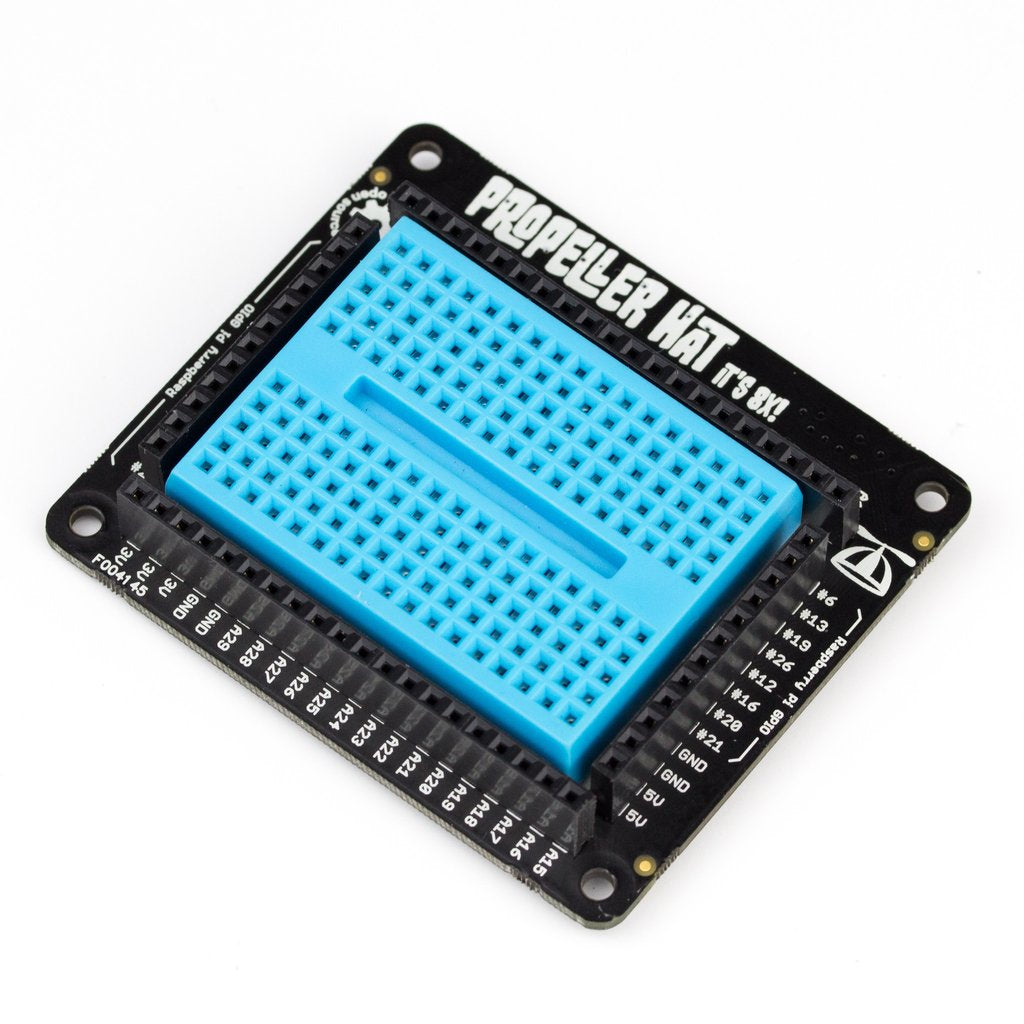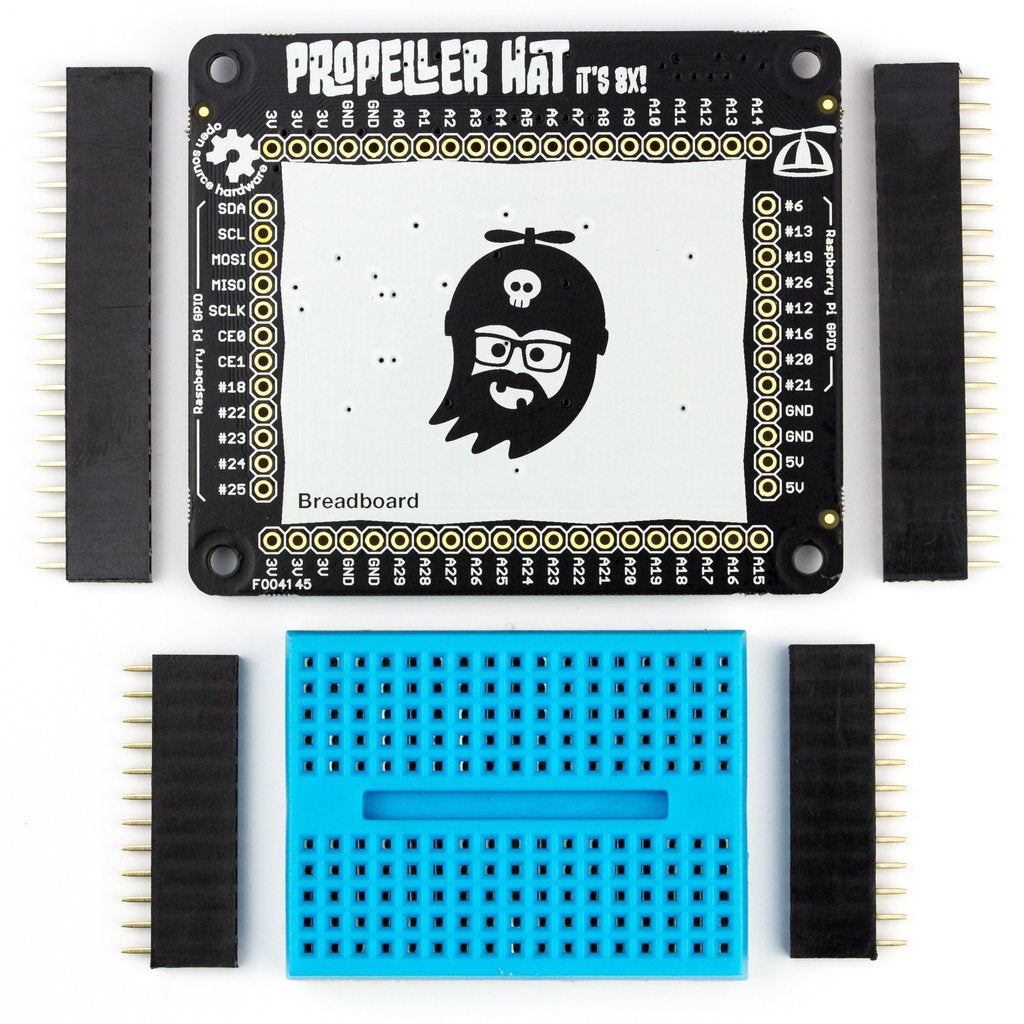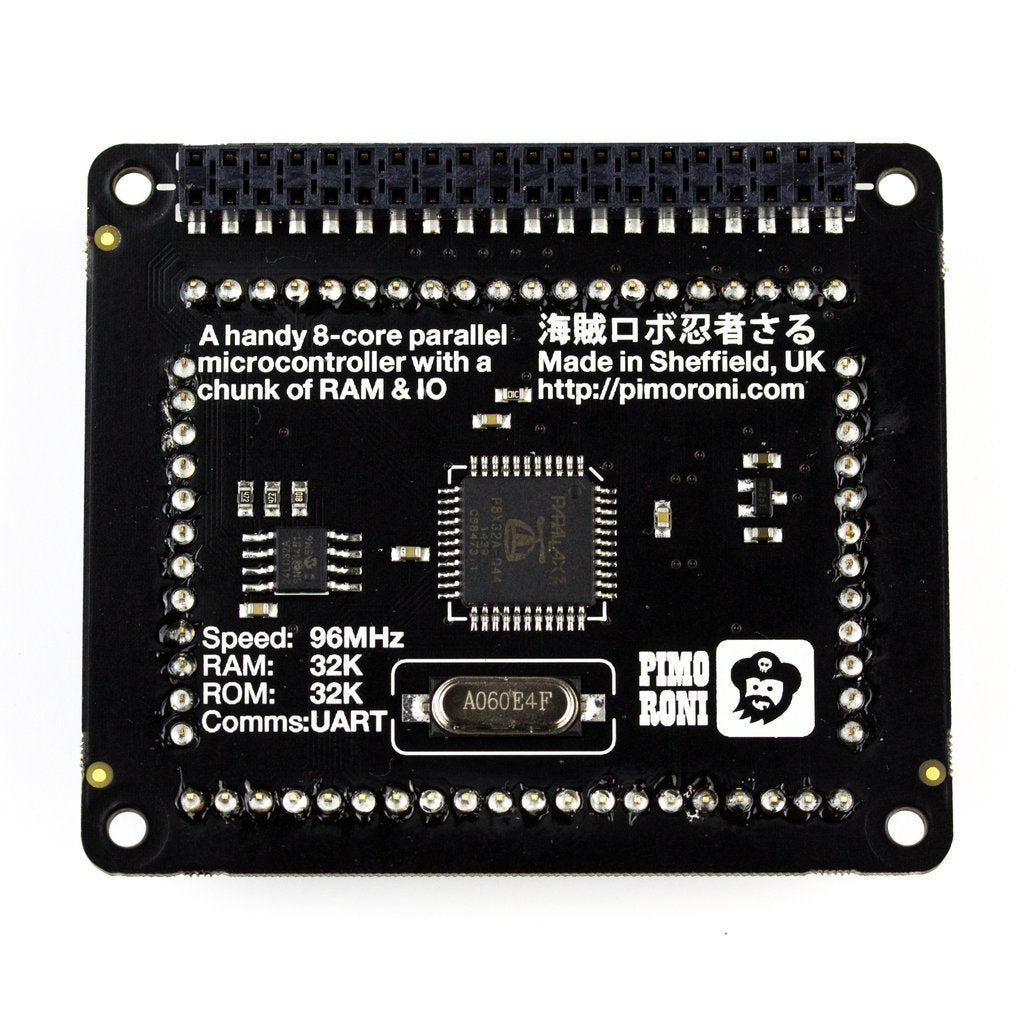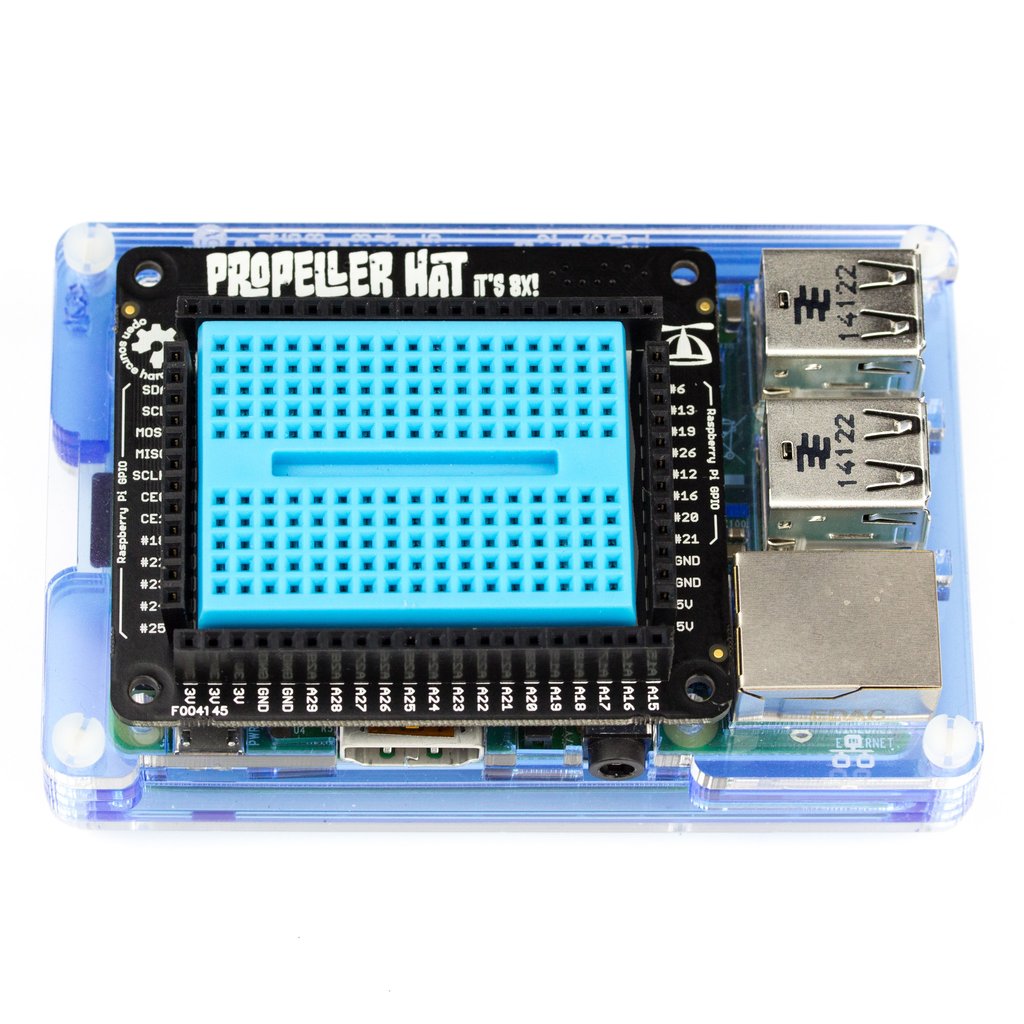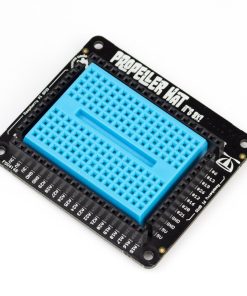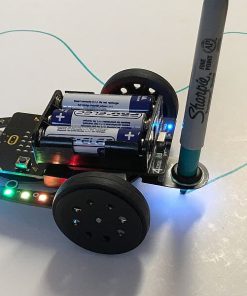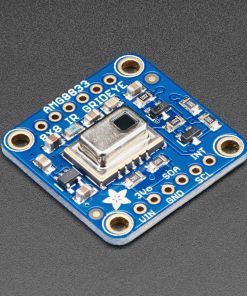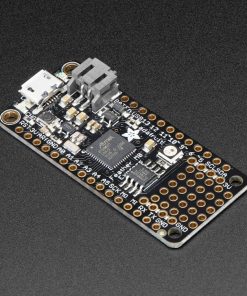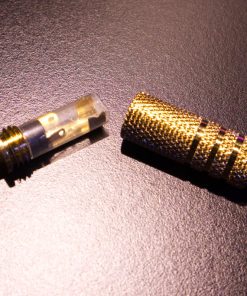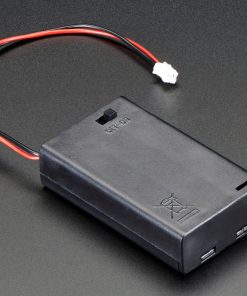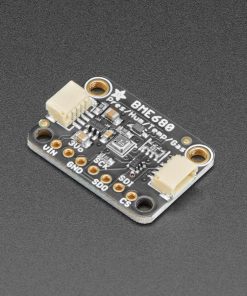Pimoroni Propellor HAT Pimoroni
$ 26,10 $ 15,66
Propeller HAT will get you flying in the world of microcontrollers, whether you’re just learning the ropes, or using it as an integral part of your home automation project.
We’ve brought the much-adored Parallax Propeller microcontroller to the Raspberry Pi in an experimentation-friendly HAT format that includes a mini breadboard for prototyping and breaks out a whole array of signals from both Pi and Propeller.
Ideal for servo twiddling, robot building, IO expanding, VGA driving, or rockin’ to classic tunes with sound chip emulators like SIDcog. Parallax’s Object Exchange is packed with code examples and libraries.
Features
- Stonkin’ 8-Core microcontroller handles menial IO tasks for your Pi
- 30 general purpose IO pins controllable by any of the 8 cores
- Easy to program using the Pi-compatible Propeller IDE and SPIN language
- 170 point (17×5 on each half) breadboard for prototyping
- SPI, I2C and 15 other pins broken out
- Fully open-source hardware, right down to the microcontroller!
- Propeller HAT pinout
- Compatible with Raspberry Pi 3, 2, B+, A+, Zero, and Zero W
- Full software library including Python
- Female headers require soldering
Software
All the tools you need to program Propeller HAT will run on the Raspberry Pi. From Propeller IDE, the software you need to write SPIN code, to OpenSpin (the compiler), and p1load (the loader).
We’ve put all of the software for Propeller HAT, including a Python library, together into a GitHub repository. Our Python examples allow you to instantly transform your Propeller HAT into a 30-pin IO expander or PWM driver.
TUTORIALS & PROJECTS
- Low-level Propeller Assembly on Propeller HAT
Learn how to use the native language of the Propeller to get the most out of your board
Advanced / Propeller HAT
A brief introduction to SPIN, the language of the Propeller, and your first Blink program
Intermediate / Propeller HAT
Learn how to use the Propeller’s multi-core architecture to your advantage
Intermediate / Propeller HAT
A step-by-step guide to installing Propeller IDE
Intermediate / Propeller HAT
An introduction to Counters, one of the Propellers key hardware features.
Intermediate / Propeller HAT
A detailed guide to passing one or more params into a Propeller Assembly ( PASM ) program running on Propeller HAT.
Advanced / Propeller HAT
Fast Shipping and Professional Packaging
Because of our long-standing partnership with UPS, FedEx, DHL and many other leading global carriers, we can provide various shipping options. Our warehouse staff is highly trained and will pack the items according to our exact and precise specifications. Before shipping, your goods will be thoroughly examined and secured. We deliver to thousands of customers every day from all over the world. This is a sign of our dedication to being the largest online retailer worldwide. There are distribution centers as well as warehouses located in Europe as well as the USA.
Note: Orders with more than one product are assigned a specific processing period dependent on the particular item.
Before shipping, we will examine the items ordered carefully before shipping. The majority of orders are shipped within 48 hours. The time to deliver varies from 3-7 days.
Returns
The stock is constantly changing and cannot be fully controlled by us due to the involvement of many parties including the factory and our warehouse. This means that the actual stock could alter at any time. Be aware that it is possible that your order could be out of stock after you have made the order.
Our policy lasts thirty days. If you haven't received your item within 30 days, we're unable to offer the option of a refund or exchange.
You are able to return an item when it's unopened and is in the same condition as when you first received it. It should also be returned in its original packaging.
